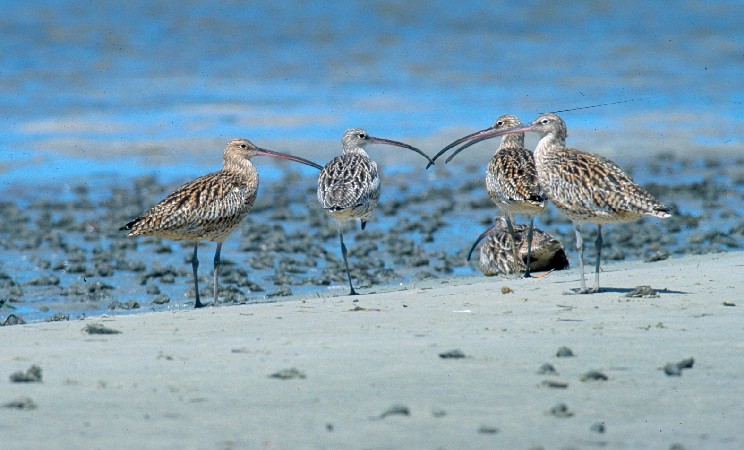|
|
WetlandUpdate March 2018Walking the landscape—catchment storiesTo effectively manage a catchment it is important to have a collective understanding of how the catchment works. Catchment stories use map journals, integrated spatial information, photographs, animations and an informative narrative to demonstrate the features of catchments. These stories describe the location, extent and values of the Noosa catchment. The stories demonstrate the key features which influence water flow, including geology, topography, rainfall and run-off, natural features, human modifications and land uses. The information was compiled using the walking the landscape process, where experts systematically worked through a catchment in a facilitated workshop, incorporating diverse knowledge of the landscape, to develop catchment stories. Updates, improvements and linksProjects from the Burnett Mary Regional group and Moreton Bay Regional Council have been added to the Wetland projects search tool WetlandUpdateThe WetlandUpdate is a regular bulletin sent to subscribers to provide them with the latest WetlandInfo resources and tools, as well as case studies, video information and new project fact sheets. View all of the previous WetlandUpdates WetlandInfo feedback and improvementsContact us via email for feedback, information or questions about wetlands. WetlandInfo feature animalOur March feature animal is Numenius madagascariensis, also known as the eastern curlew. Breeding in Russia and north-eastern China, this large wading shorebird travels to Australia’s north-western and eastern shorelines to feed during their non-breeding season. The species is protected under a range of migratory bird agreements as well as being listed as Critically Endangered under the Environmental Protection and Biodiversity Conservation Act 1999. Eastern curlew is threatened by social and economic pressures occurring along its migratory pathway, including wetland destruction and change, pollution and hunting. WetlandInfo updates this section regularly, so stay tuned for more! Last updated: 20 December 2017 This page should be cited as: Department of Environment, Science and Innovation, Queensland (2017) WetlandUpdate March 2018, WetlandInfo website, accessed 18 March 2024. Available at: https://wetlandinfo.des.qld.gov.au/wetlands/resources/publications/latest-news/2018-03-02.html |

 — Department of Environment, Science and Innovation
— Department of Environment, Science and Innovation


